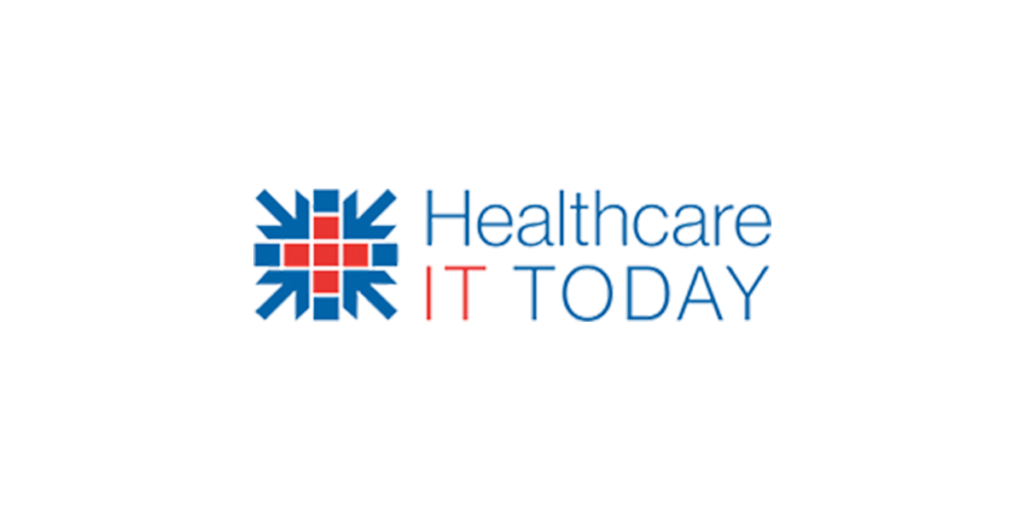Reimagining Health Tech on the Cusp of ONC’s Final HTI-1 Rule – Regulatory Talk Series
The following is a guest article by Nick Barger, PharmD, Vice President, Product at DrFirst. This article kicks off the Healthcare Regulatory Talk series.
There’s a collective holding of breath right now in health IT as the ONC appears likely to issue its final HTI-1 rule with new data standards for the next stage of healthcare interoperability soon. There’s a sense, too, that the industry is waiting for the proverbial other shoe to drop while simultaneously anticipating a new era of digital transformation to begin.
There’s no time to waste. Some key HTI-1 compliance deadlines require action before the end of 2024. To help jumpstart the path to compliance for EHR vendors, let’s take a deep dive into some major provisions of the ONC’s “Health Data, Technology, and Interoperability: Certification Program Updates, Algorithm Transparency, and Information Sharing” (HTI-1) standards related to the 21st Century Cures Act: guardrails for AI-driven clinical decision support intervention tools, or DSIs, and new ground rules for EHR developers to support information sharing and patient access to health data.
EHR Development Standards: New teeth, bigger bite
After years of dashed hopes that EHR workflows will achieve true interoperability and allow patients to easily access and share their healthcare data, many are looking at the ONC’s final standards with a skeptical eye and cautious optimism. How effectively can the industry innovate while navigating new standards that may add complexity along with frustration? With compliance the immediate concern for many EHR vendors, when and where is the industry prepared to lead?
For health IT leaders struggling with how to meet compliance standards while bridging new or existing gaps in innovation or service delivery, developing strategic partnerships can be a quick, powerful way to leverage resources and innovation. As evidenced by published comments to the proposed rule, others worry about undue burdens created by what they see as unrealistic compliance timelines and wonder if strategic partnerships could come back to haunt them if too much depends on joint success in this new regulatory environment created by HTI-1.
With its edict on making EHRs more intuitive and easier to use for clinicians, the ONC is sending a clear signal to developers: coding to certification requirements must do more than check a box on a tech stack but serve higher purposes, attending to clinician care, alleviating burnout, and enhancing doctor-patient connections wherever possible.
Just as AI learns from data, EHR developers and clinicians must work in tandem to make patient data accessible, secure, and sharable—one by delivering digital insight to inform ongoing user experience enhancements, the other by offering continuous feedback for growth and learning.
One way highly responsive EHRs can work with clinicians for greater impact across the continuum of care is to deploy a mix of passive and interruptive decision support. Passive alerts refer to the indicators, icons, or text that guide the clinician through the workflow without interrupting it. Interruptive alerts are different in that they intervene in the workflow to force a display of those indicators, icons, or text.
Each method has its place and requires highly contextualized workflows, often personalized to the individual. The proposed rule outlines specific display requirements for algorithmic decision support. As EHR developers evaluate the proposed display requirements, compliance will require in-design flexibility for workflow optimization.
A First-Ever Focus on Trust in Clinical-Grade AI
If the ONC’s proposed rule is an attempt to make the platforms that support healthcare work better for clinicians and patients, its DSI provisions are an opportunity to reimagine how clinicians interact with decision support tools and how patients benefit from them. HTI-1 is an ambitious, some say long overdue, effort to ensure the algorithms driving the future of healthcare forward are transparent, safe, and work to eliminate existing health disparities without creating new ones.
For the first time on the federal regulatory stage, the proposed rule brings the concept of algorithmic transparency front and center. The final rule is expected to put new and enhanced guardrails in place to make the machine learning logic behind AI-driven clinical tools clear and understandable so interventions maximize efficiency, default to accuracy, and impact patient care where outcomes are most needed and at risk.
It’s important the industry demystify the algorithms behind clinical-grade AI. One way to do that is to highlight what often gets lost: clinical-grade AI has a 10-year track record of patient safety and clinician efficiency, including here at DrFirst. Time and again, this machine learning algorithm has proven to be a powerful clinical co-pilot that saves doctors time and keeps their cognitive loads lighter by performing millions of manual data entry tasks every day.
The more we strengthen the new guardrails around clinical-grade AI without hardening the technology and innovation that drives them, the easier it will be to move away from the days of “black box” thinking and its lack of thought leadership and stakeholder collaboration. There’s too much at stake for clinicians and patients for the industry to do anything less than fully invest in developing machine learning algorithms that learn and grow and evolve to work smarter, not harder; knowledge that grows capacity and ability, much like it does in humans.
Given that the decision an algorithm arrived at yesterday might be different in the future as the algorithm evolves helps to underscore why the time is right to get guardrails in place now, both to weed out any potential bias that exists in algorithms today and to ensure clinicians maintain an accurate and equitable view of diversity within unique patient populations.
It will be a relief in a way when the final rule is issued because the industry can begin to move forward, onward and upward through a regulatory cycle that’s bound to redefine healthcare technology as we know it.
The challenge for EHR developers is to seize the opportunity to optimize clinical decision support. There is a challenge for providers, too, in seeing where health tech is an effective clinical partner, and when it isn’t, speaking up to course correct where necessary.
Patients are the ultimate beneficiaries of responsible algorithmic decision support. The ONC’s proposed rule, in essence, aims to foster an environment where technology acts as a catalyst to achieve patient outcomes on a scale we’ve only dreamed about until now.
Connect with DrFirst to get Nick’s latest regulatory updates, valuable insight for your development roadmap, and tools to keep compliance in check for your business and customers.
 About Nick Barger, PharmD
About Nick Barger, PharmD
Nick is Vice President of Product at DrFirst, where he leads design and development of intelligent medication management solutions for the e-prescribing pioneer and 300 EHRs and health information systems they partner with, providing clinical, regulatory, and digital workflow solutions that make healthcare more efficient and effective across the continuum of care. This article kicks off the Healthcare Regulatory Talk series.

















